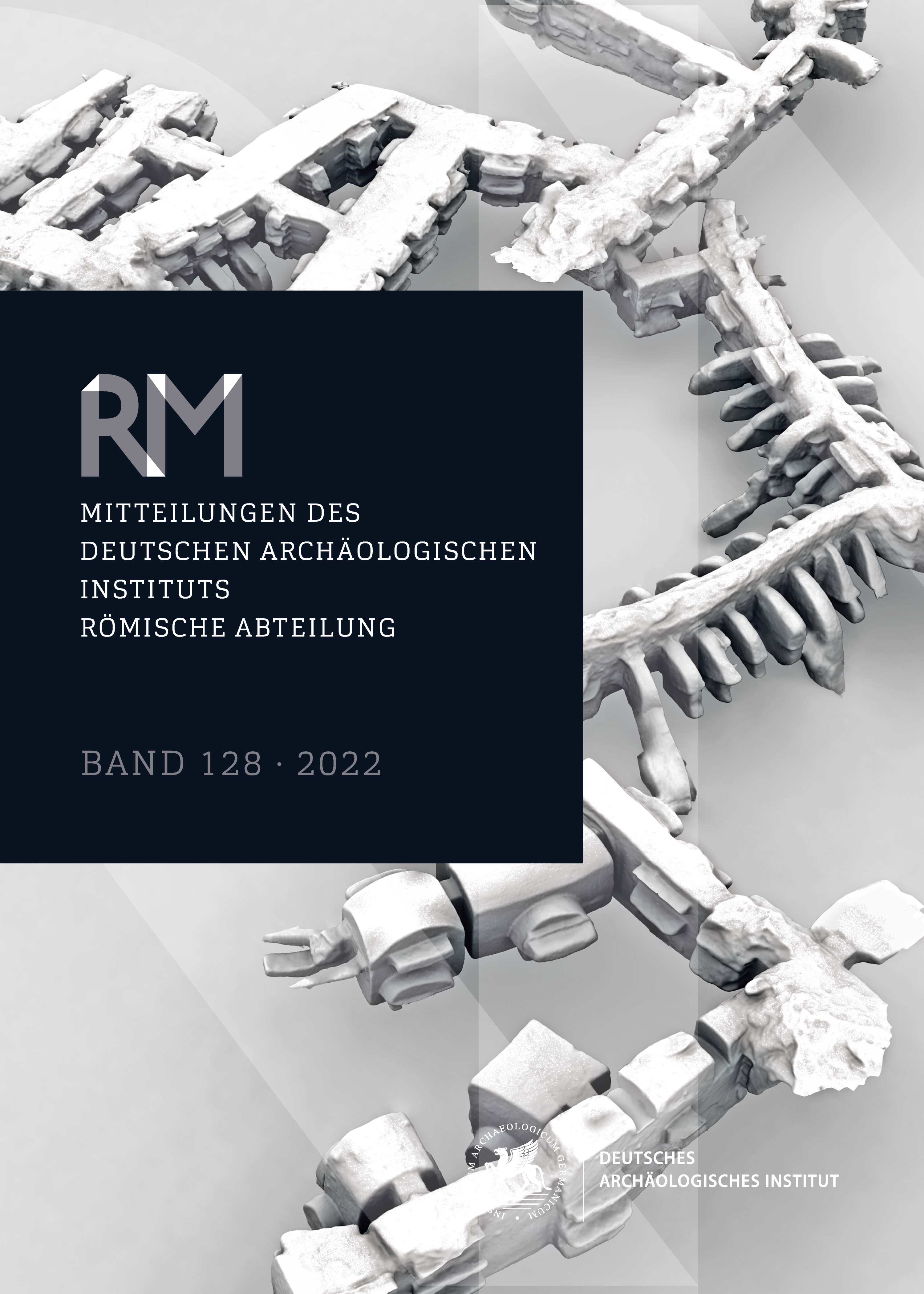Bekrönte Giebel.
Zur Persistenz des etruskisch-italischen Architekturmotivs der ‚durchbrochenen Krönung‘ an kaiserzeitlichen Tempelbauten. Bildliche Zeugnisse und materielle Evidenz
https://doi.org/10.34780/368j-y6ud
Abstract
The so-called ‘pierced crestings’, attachments to the raking simas, form a well-known characteristic of Etrusco-Italic temple decorations in terracotta. Later, the motif is attested among the ‘Campana reliefs’ and in the stone architecture of the Roman provinces, but the evidence from Imperial Rome itself is very scarce. Hence, any presence in Imperial temple architecture initially seems to be a question of little importance. However, as this article argues, a significant number of architectural images should actually be understood as depicting such ‘pierced crestings’ and surviving well on into the 2nd century C.E. Starting with a section on the methodology involved, this article reviews anew the extant depictions of decorated temple pediments on historical reliefs and coins from the urbs. It then tries to track down the motif’s apparent religious connotations by examining the Temple of Jupiter Optimus Maximus on the Capitoline Hill. Finally, the article re-assesses the former importance of this old and conspicuous motif for Roman temples, which in Antiquity seems to have been tightly linked to expressing their majestic grandeur (possibly in the form of gilded appliques, as the appendix suggests).





